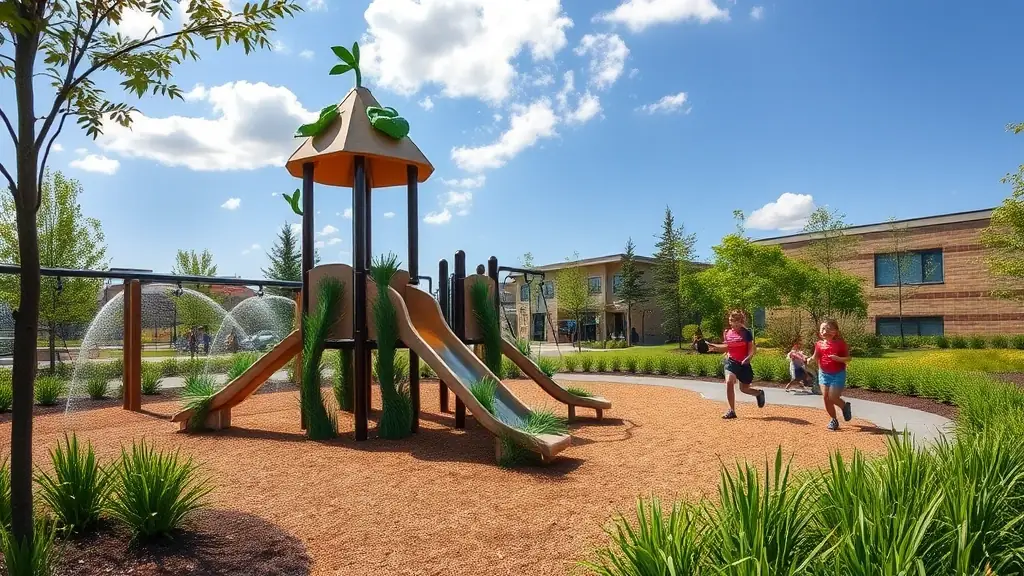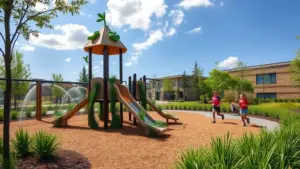Sustainable practices are becoming increasingly important in playground design, reflecting a growing awareness of environmental responsibility. Eco-friendly materials, such as recycled plastic and reclaimed wood, are used to minimize the environmental impact of the playground. These materials are not only environmentally friendly but also contribute to the longevity and durability of the playground structure. The design should consider the long-term maintenance and upkeep of the playground, ensuring its longevity and continued use by future generations. Water-efficient irrigation systems and rainwater harvesting techniques are incorporated into the design to conserve water resources. These practices minimize the environmental impact of the playground while promoting a sense of responsibility towards the environment. The design also considers the long-term maintenance and upkeep of the playground, ensuring its longevity and continued use by future generations. Sustainable design principles are crucial for creating playgrounds that are both beautiful and environmentally responsible. By incorporating sustainable practices into the design, we can create playgrounds that are not only beautiful but also environmentally responsible. These practices minimize the environmental impact of the playground while promoting a sense of responsibility towards the environment. The design also considers the long-term maintenance and upkeep of the playground, ensuring its longevity and continued use by future generations. Sustainable design principles are crucial for creating playgrounds that are both beautiful and environmentally responsible.
Sustainable Practices in Playground Design
Eco-friendly materials and water-efficient systems are crucial for creating sustainable playgrounds.




